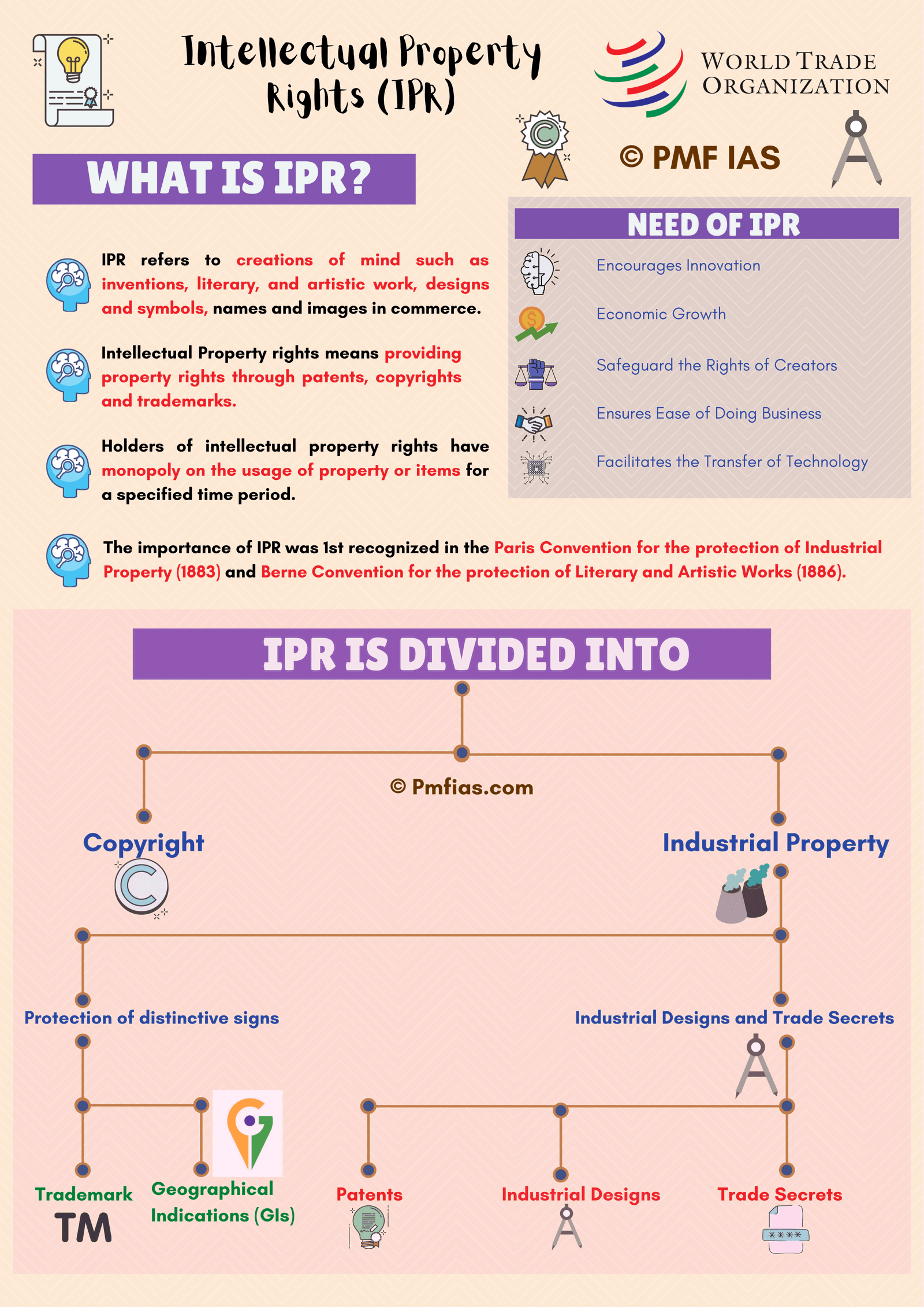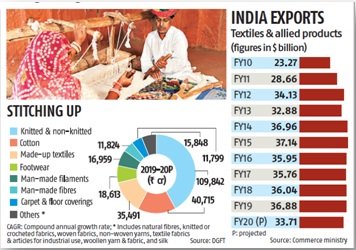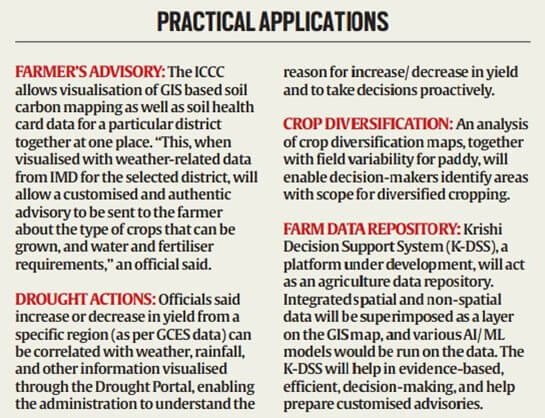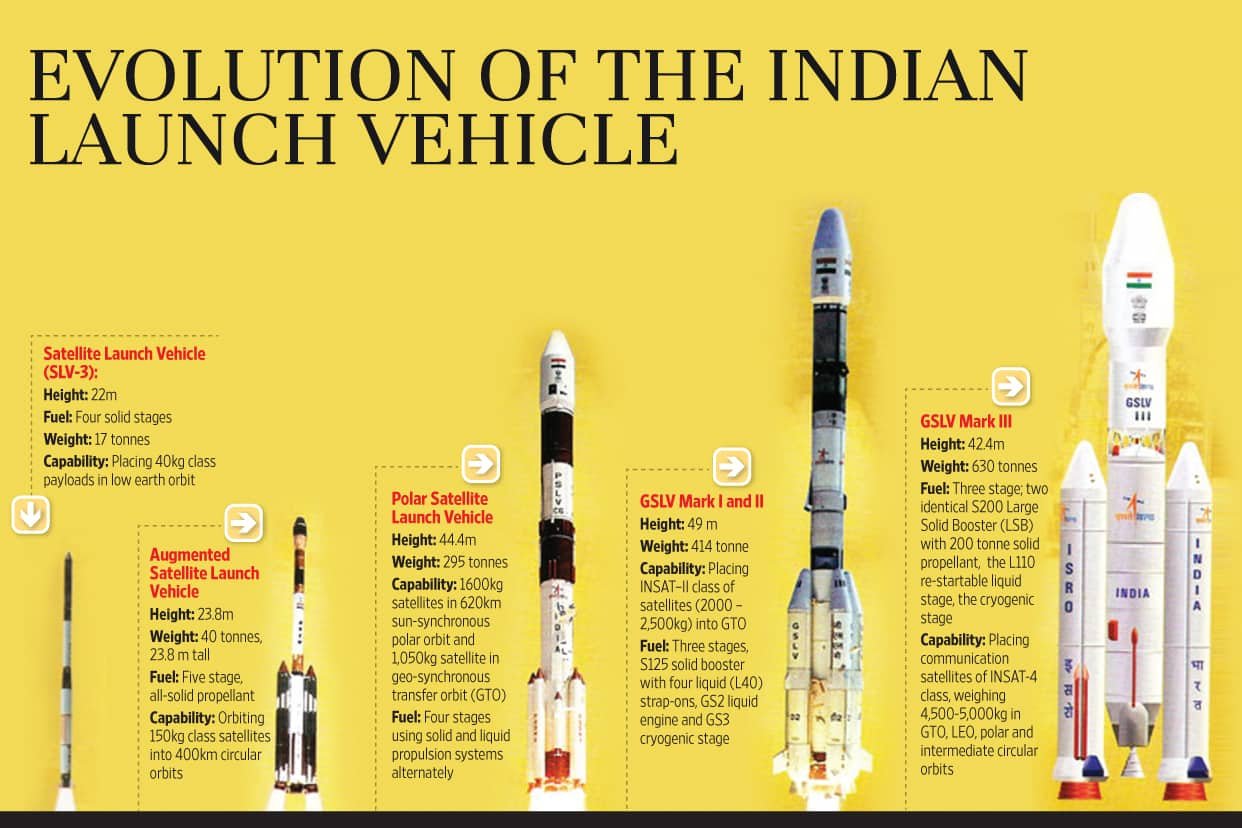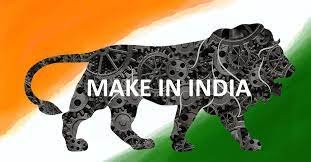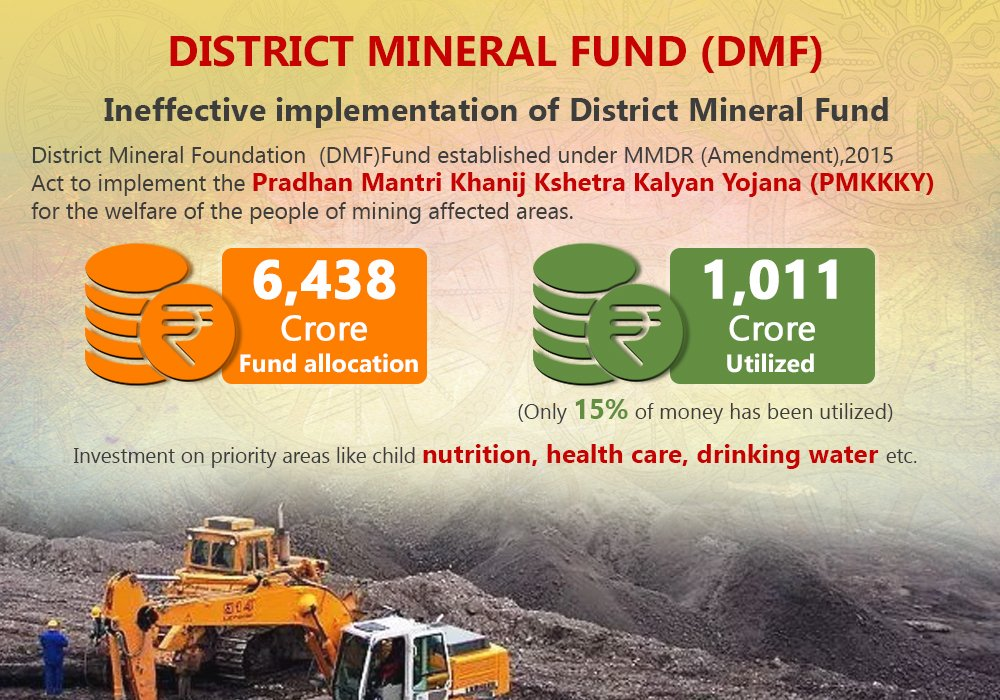
Logistics Sector in India
Subscribers of "Current Affairs" course can Download Daily Current Affairs in PDF/DOC
Subscribe to Never Miss an Important Update! Assured Discounts on New Products!
Must Join PMF IAS Telegram Channel & PMF IAS History Telegram Channel
- Context (TH): According to a report by the National Council for Applied Economic Research, logistics cost in India has reduced to 7.8%-8.9% of GDP.
Logistics Sector in India: Status
- Valued around US$ 200 Billion, it contributes 15% to India’s GDP.
- The sector grows at a CAGR of 7-8% since past five years; it is expected to grow at 10.5%.
- 70% of India’s logistics sector remains unorganized.
- Employment potential: Provide employment to >22 million people.
- Leveraging the sector would lead to a decrease of 10% indirect logistics cost facilitating growth of 5-8% in exports.
Challenges of Logistics Sector
- High logistics cost (14% of GDP) vis-à-vis global counterparts (Germany – 8%, USA – 9%, Europe – 10%, Japan – 11%) detrimentally affecting domestic and global competitiveness.
- Poor storage & handling infrastructure: Fragmented warehousing (constituting 10% of logistics costs), insufficient cold storages, and the absence of large integrated logistics parks.
- Inauspicious modal mix: Despite road transport being the most expensive (>60% in India), railways, waterways, and inland water transport remain underutilized.
- Complex tax regimes, administrative delays, and custom clearance impediments: Diverse taxation, multiple regulatory bodies, and policy intricacies hindering development.
- Absence of seamless modal connections: The development of India’s logistics and transport sectors in isolation impedes the smooth movement across land, sea, and air.
- Prolonged turnaround time for ships (approximately 2.2 days vs. the global average of 0.97 days) and last-mile delivery challenges contributing to transit delays.
- Unorganized sector: Over 70% of the logistics sector is small & unorganized, characterized by poor skill levels and inadequate training.
Way Forward
- Encourage seamless integration of various modes of transport, such as road, rail, air, and water, to create a robust multimodal logistics network.
- Continuously review and update policies to create a conducive environment for the logistics sector’s growth.
- Encourage private investment in warehousing, cold storage, and last-mile delivery networks.
- Integrate sustainable and eco-friendly practices in logistics operations, such as the use of electric vehicles and green packaging.
- Utilize data analytics for demand forecasting, route optimization, and inventory management to enhance overall efficiency.





![PMF IAS Environment for UPSC 2022-23 [paperback] PMF IAS [Nov 30, 2021]…](https://pmfias.b-cdn.net/wp-content/uploads/2024/04/pmfiasenvironmentforupsc2022-23paperbackpmfiasnov302021.jpg)
